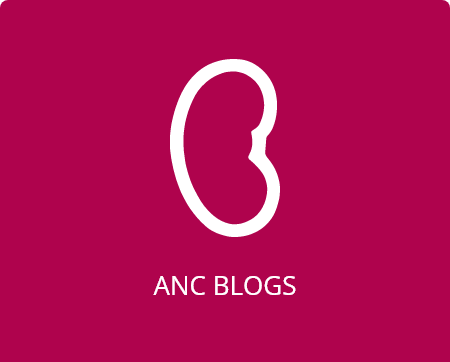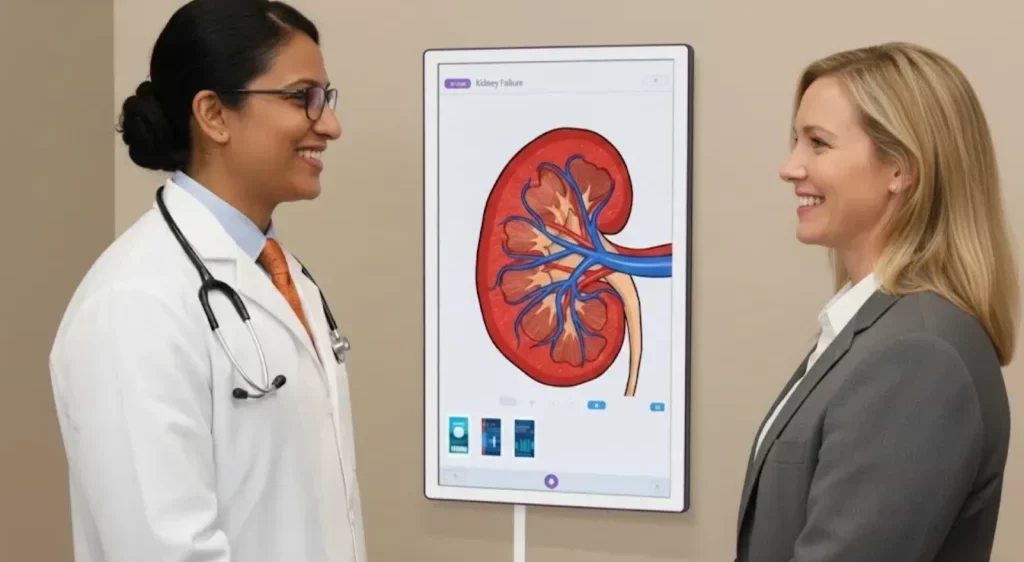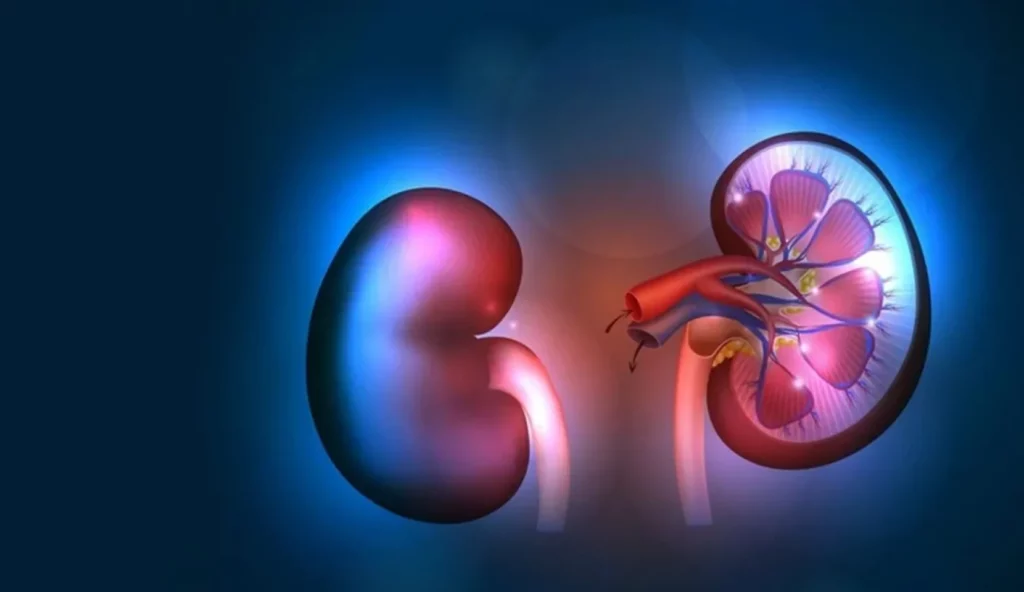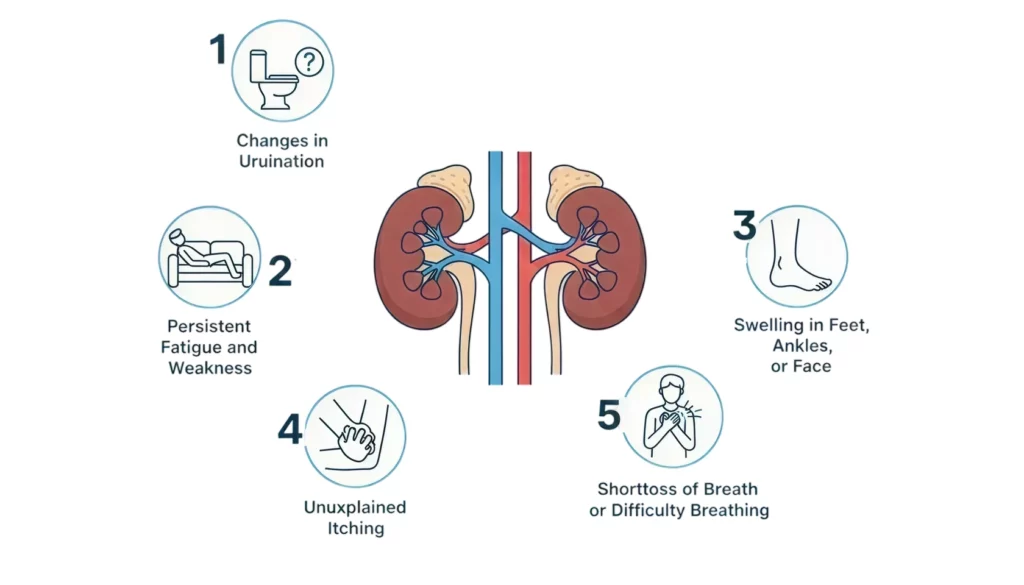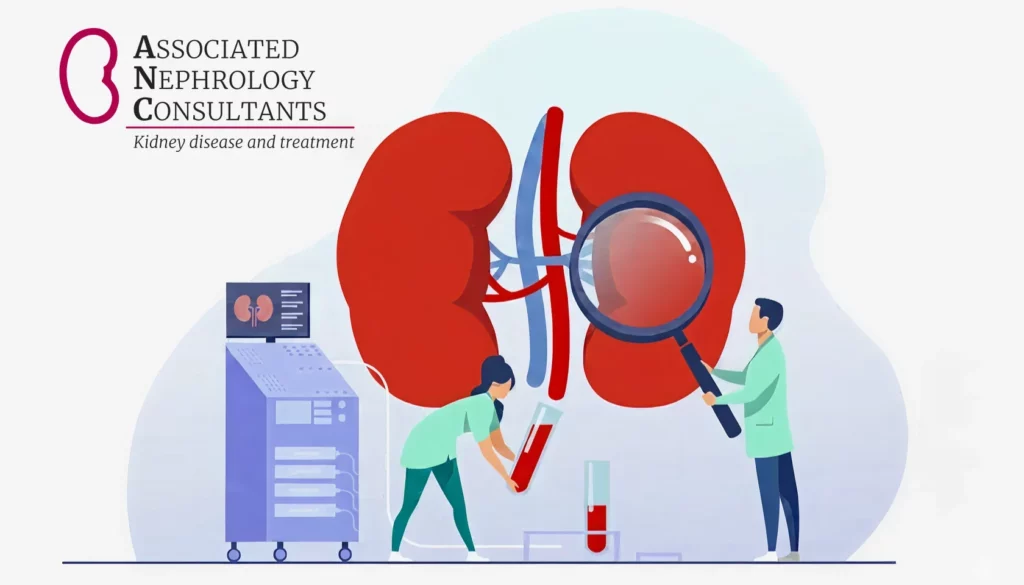As Blood Pressure Awareness Month continues, we thought it important to educate on one of the body’s key players in regulating blood pressure and supporting kidney health. The Renin-Angiotensin System (RAS) is often referred to as the “brain of the kidney” when it comes to balancing blood pressure, sodium, and fluid levels in your body. To learn more about the RAS, we sat down with Dr. Ali to gain insight into how it works and why it’s so important to monitor in patients with chronic conditions. Enjoy!
What Does the RAS Do?
The RAS is a hormonal signaling system that kicks in when the kidneys sense an imbalance. As Dr. Ali explains, “Your kidneys have sensors in the blood vessels, they are constantly assessing your blood pressure, sodium levels, and fluid status. When something’s off, causing the blood pressure to be low, the kidneys trigger the RAS to help correct it.” This system works by releasing hormones like renin and activating angiotensin-converting enzyme (ACE), which together cause the body to retain sodium and water while constricting blood vessels to stabilize blood pressure.
How Does the RAS Affect Patients?
While the RAS is a safety mechanism for preventing blood pressure collapse, controlling this response is particularly crucial in patients with heart or liver failure, or those living with chronic kidney disease (CKD). “In patients with heart failure, the kidneys may be congested or in CKD, the scar may be interpreted as low blood flow, activating the RAS even when it’s not needed,” Dr. Ali shares. This constant activation can lead to inflammation, scarring, edema, and increased blood pressure, creating a dangerous feedback loop, especially in CKD patients, where it is the primary target in long-term management goals.
Managing the RAS
Thankfully, medications like ACE inhibitors and ARBs are designed to break this cycle by easing pressure on the kidneys and reducing inflammation. “These drugs are the main tools we use to target the RAS in kidney patients,” Dr. Ali shares. While lifestyle changes like limiting salt intake and reducing stress can support these efforts, she emphasizes that medication is often essential in managing an overactive RAS.
As Dr. Ali reminds us, “When we talk about blood pressure and sodium control, we’re really talking about how well the RAS system is doing its job.” Ask your care team about how your kidneys are communicating with your blood vessels, and what that means for your long-term health.
